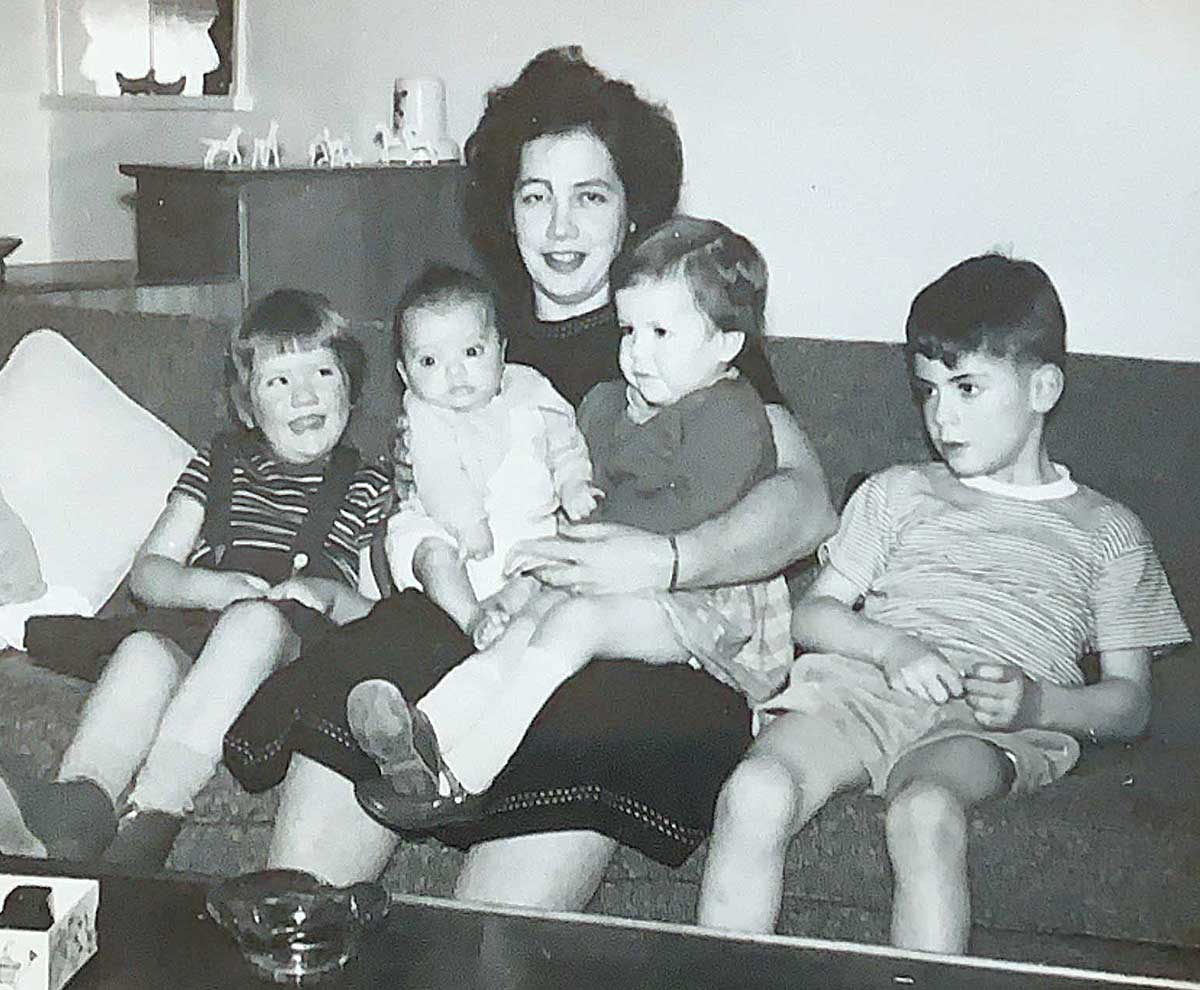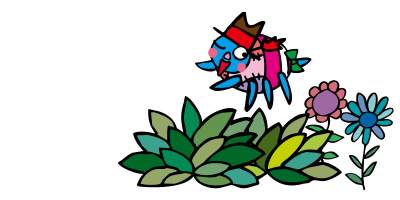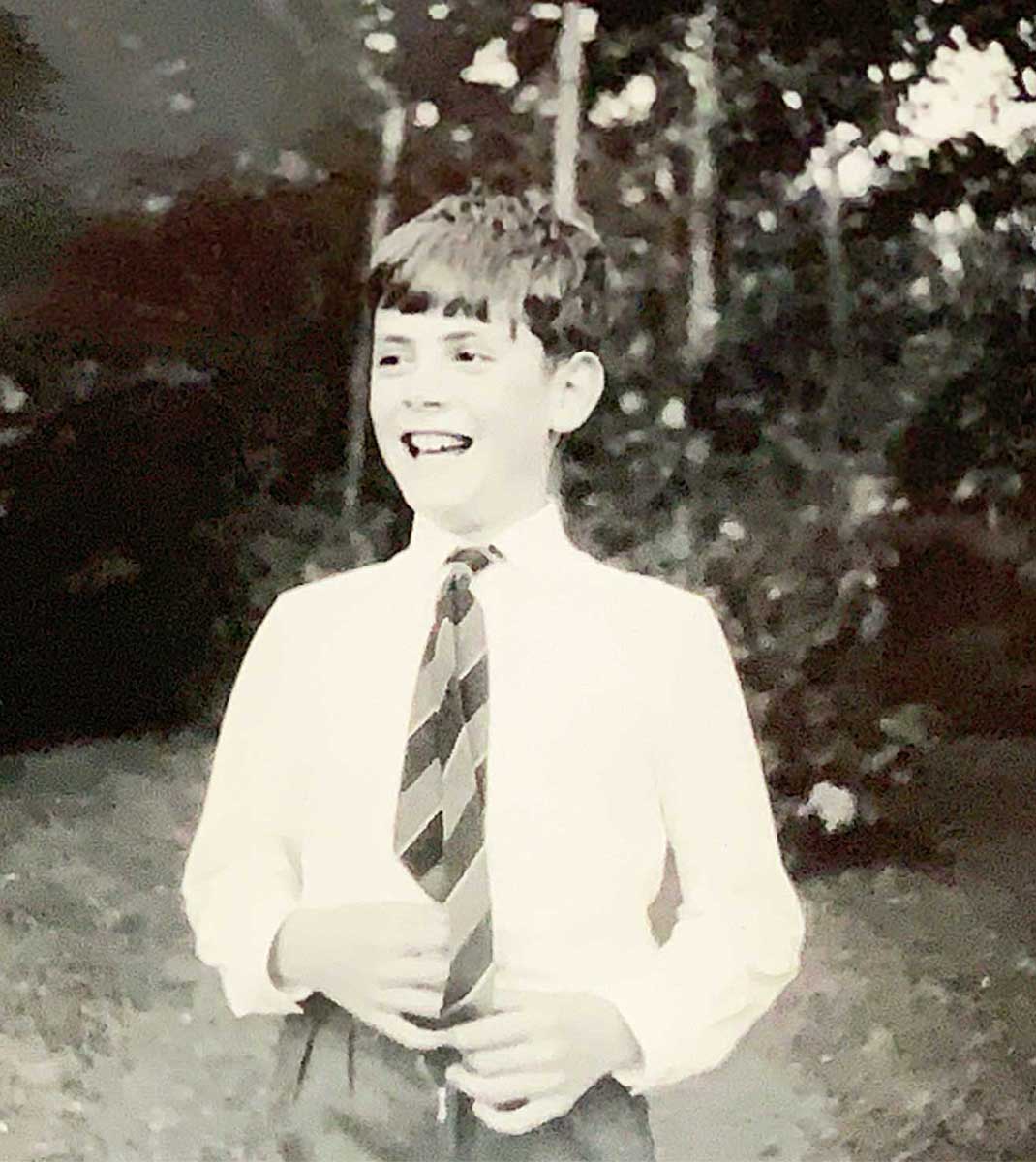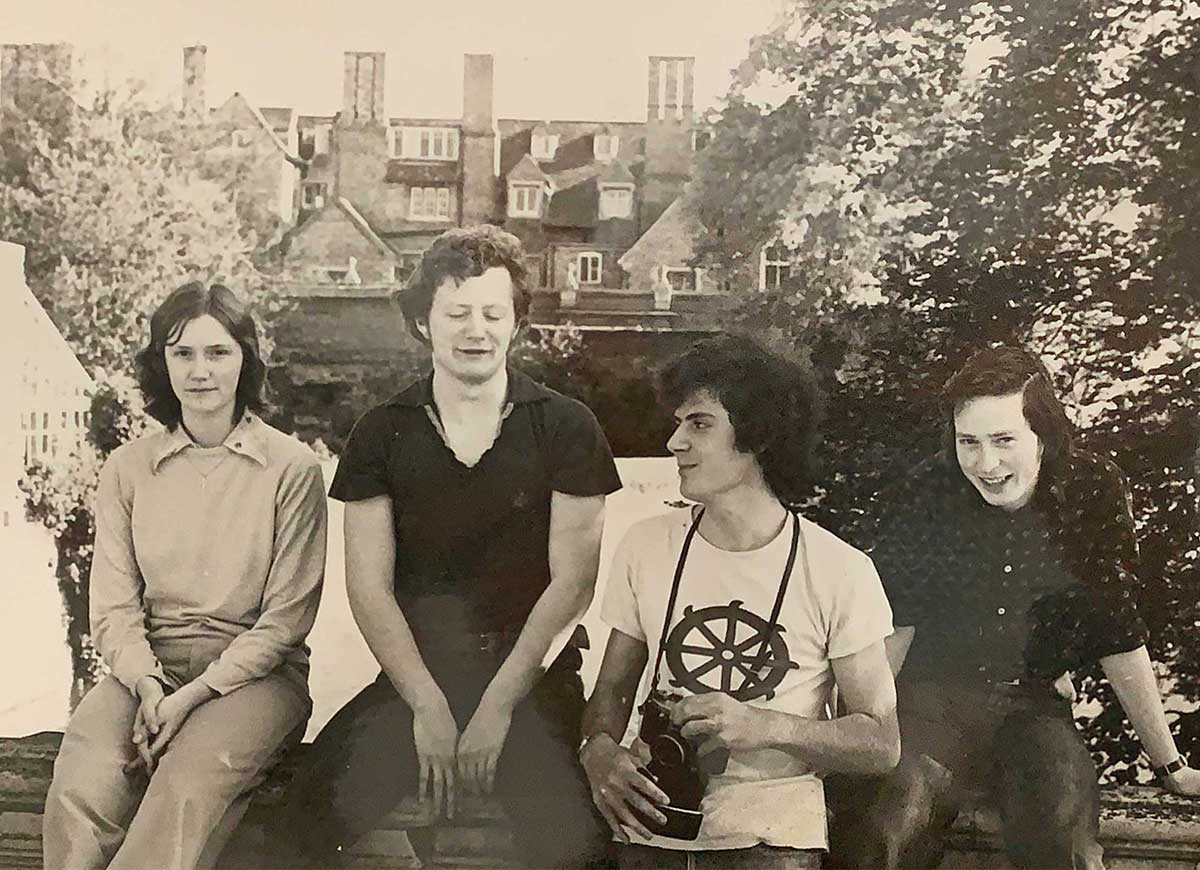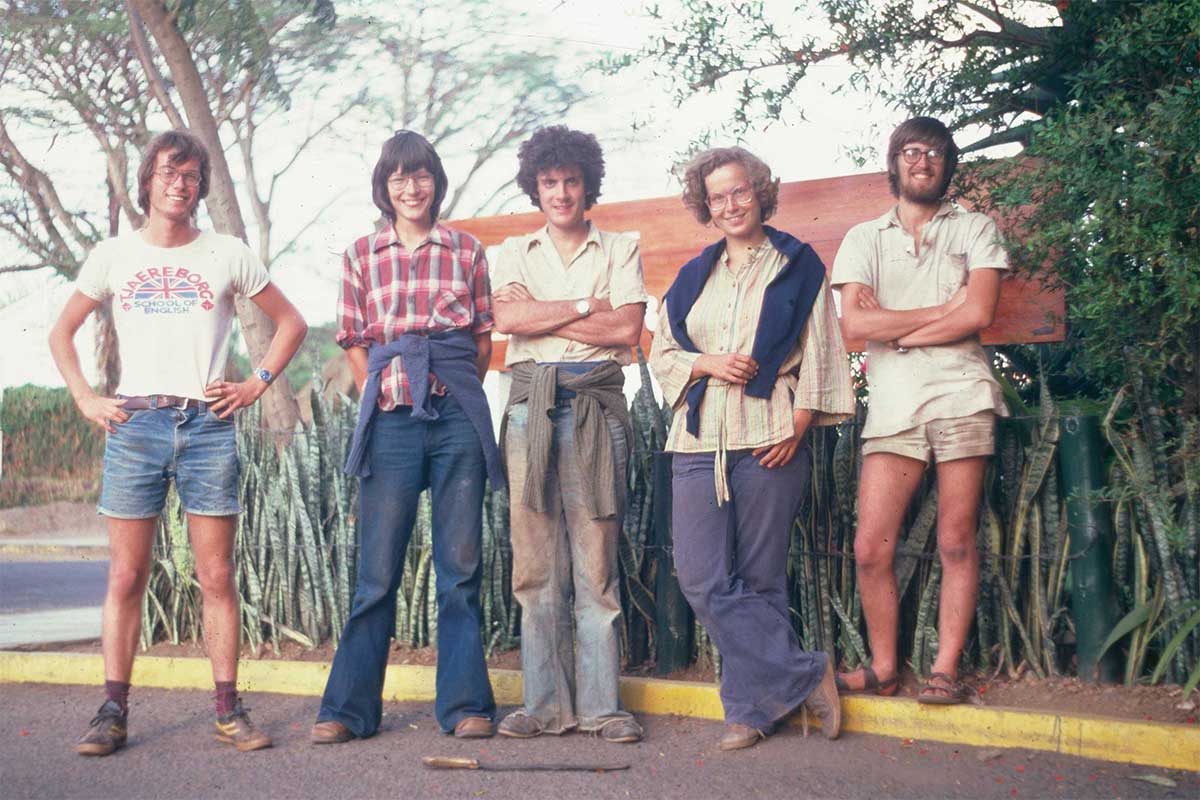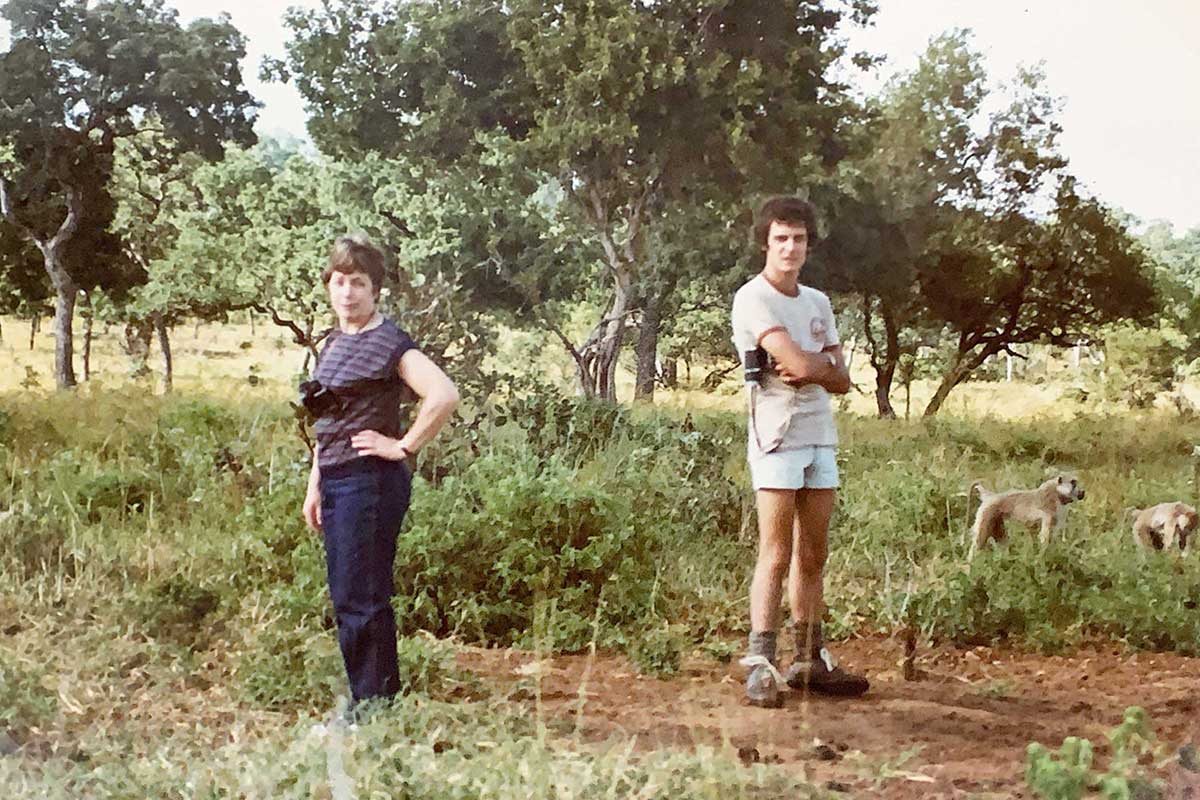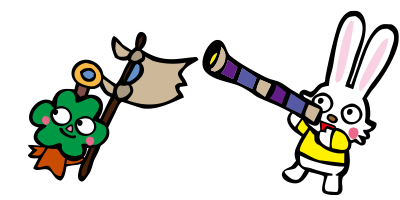1. Protection of Threatened Species
Growing up with Animals and Plants
Simon Stuart was born in the West Midlands of the United Kingdom in 1956 and then was raised near pastoral land in Dorset in the south of England. The climate is mild and many different types of animals and plants that are not found elsewhere in the country live there.
Simon played freely in nature, rowing down the river and riding bicycles with friends; he developed an interest in the living creatures around him, including rare birds, reptiles, and amphibians. By the time he was 10 years old, he knew much about plants and animals.
There were many rare birds and threatened bird species, on which Simon collected data. He also gathered data on the types of habitats, vegetation types, elevation, and number of each bird species in those habitats; and much more. Because birds were often out of sight in the forests, he frequently had to count them by listening to their songs.
